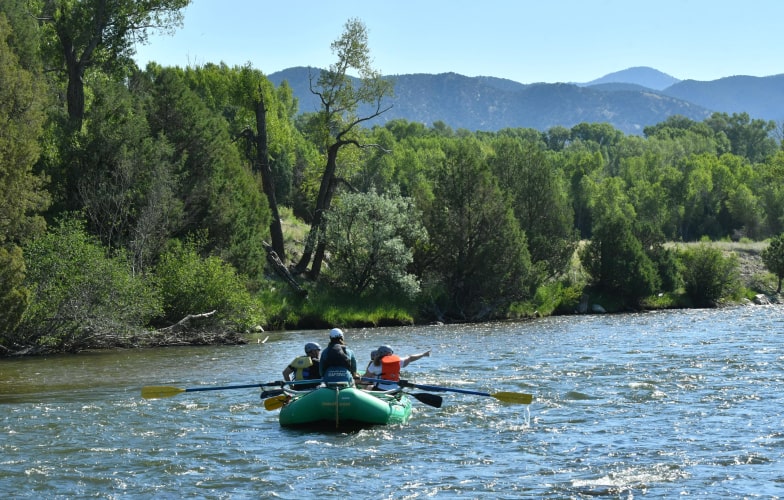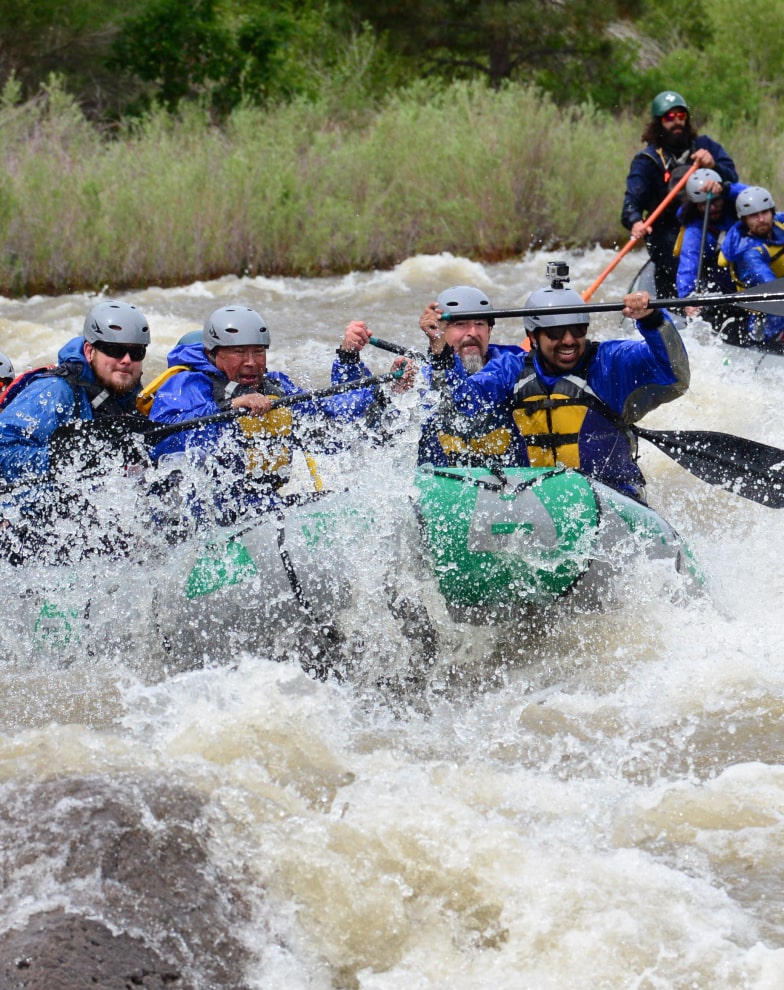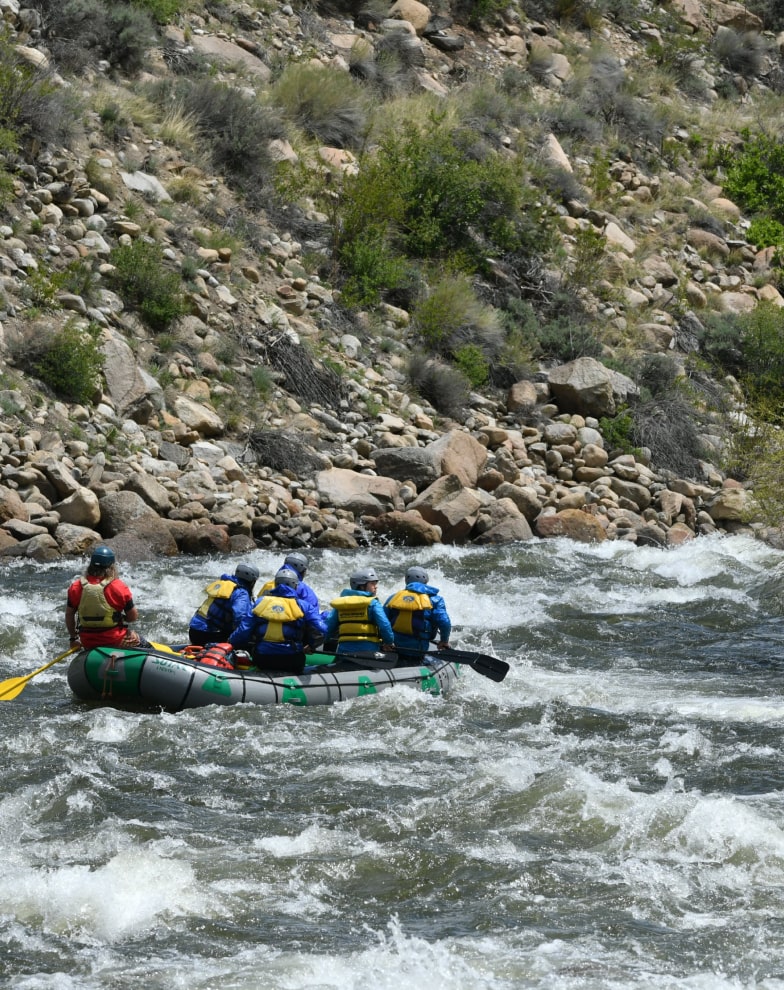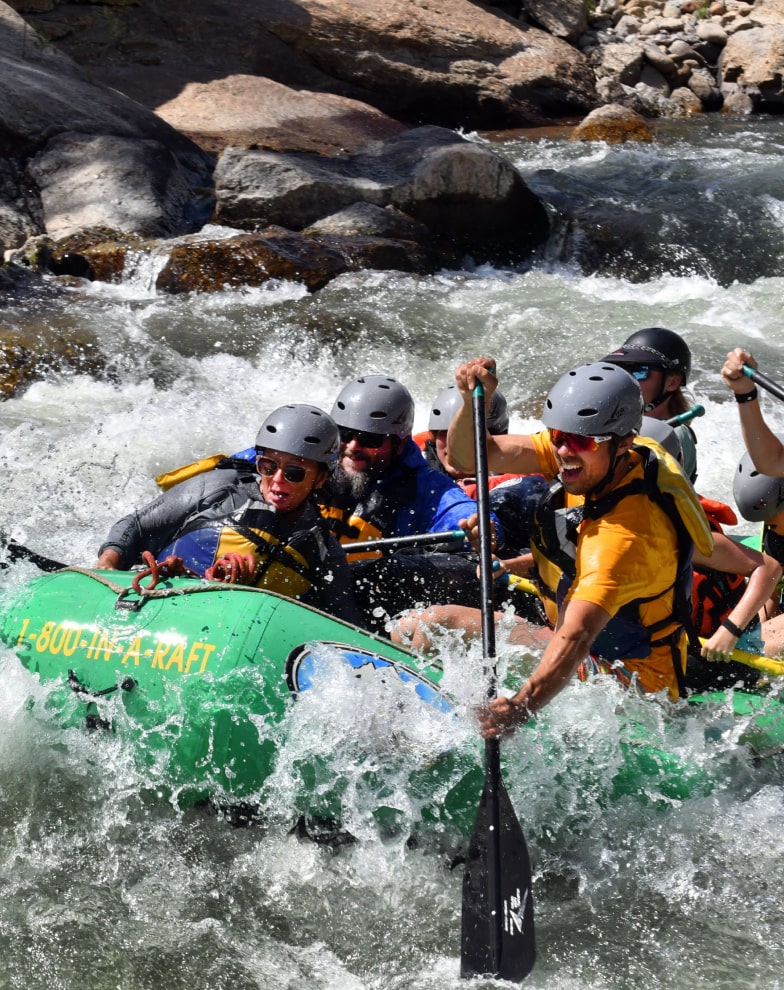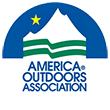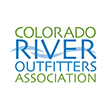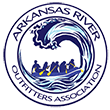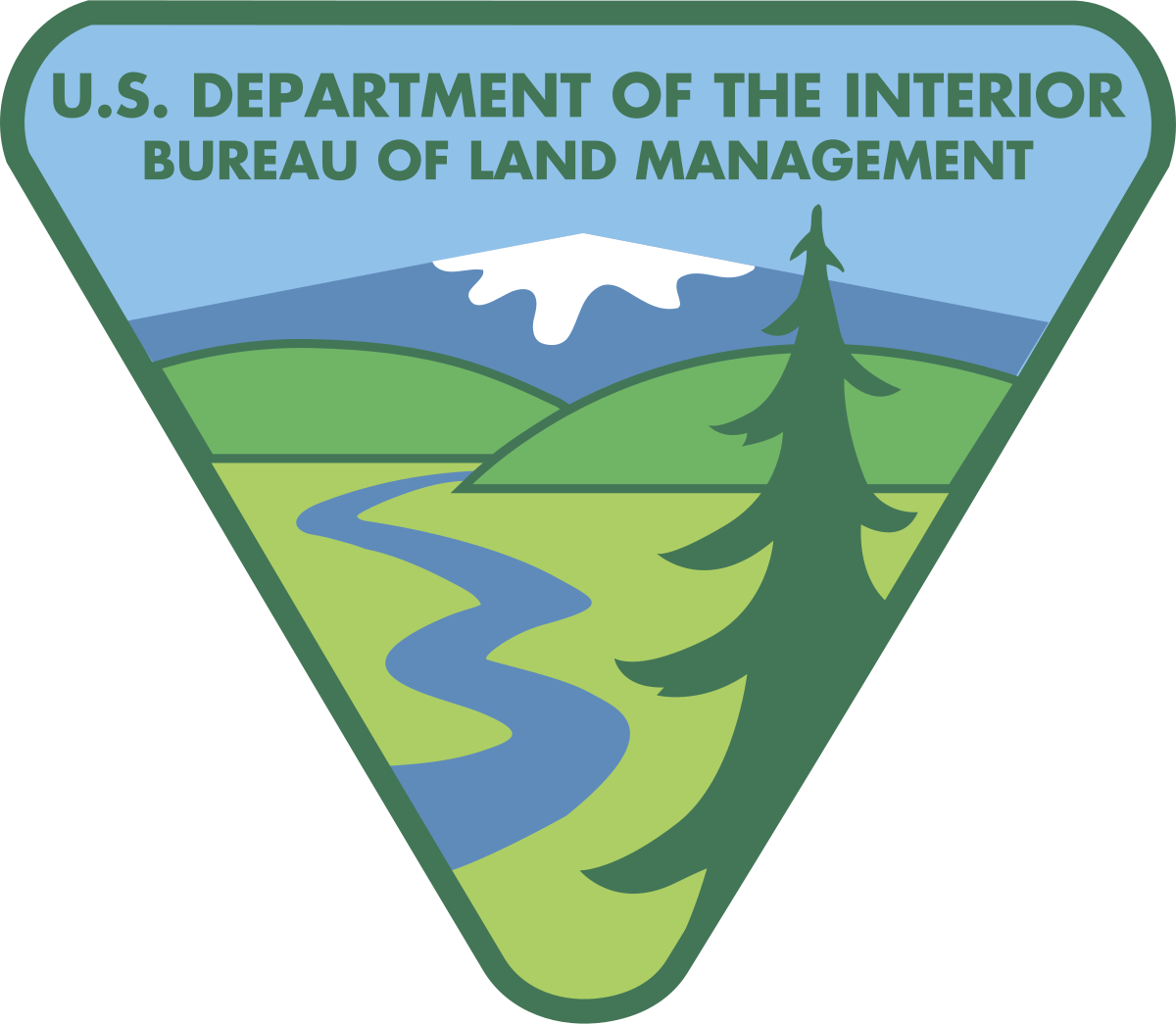Spotting a bald eagle is one of the coolest things about an adventure on the river! We’re sharing what to look for – and some of the best ways to access Colorado’s bald eagle hotspots.
Few things can replicate the majesty of a bald eagle in flight. Some travelers on river adventures are lucky enough to spot a bald eagle in its natural habitat – definitely the memory of a lifetime! With only 78,000 birds in the wild, bald eagles a rare sight; however, thanks to conservation efforts, they’re making a comeback throughout North America, so your chances to see one a better than ever these days.
This is especially true here in Colorado.The state is part of a major bald eagle migratory route so if you go at the right time of year, you’ll have a great chance to see them in action. Whether you’re an avid birder or just want to catch a glimpse of America’s most iconic national symbol while you’re floating along on one of our trips, this article will teach you how to identify bald eagles, plus give you some tips on how to spot them.
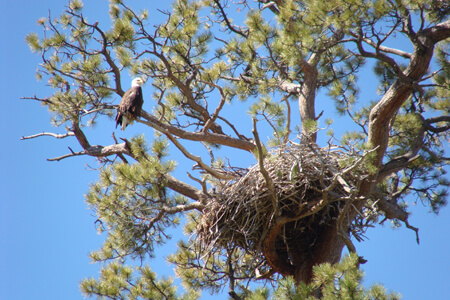
Know What to Look For: Appearance and Characteristics
Everyone can picture what a bald eagle looks like: the large brown body, yellow beak, and signature ivory head and tail feathers. Surprisingly enough, the picture in your mind may not be that helpful when it comes to spotting them in the wild.
Like many birds, bald eagles’ plumage changes as they age. When the birds are juveniles, they don’t even have the iconic “bald” white head; for their first year of life, a bald eagle’s head is brown. Bald eagles don’t develop the brown and white plumage they are so famous for until they’re actually four years old, but that doesn’t make seeing younger birds any less spectacular.
At youth, bald eagles begin with dark brown bodies and heads. In their second year, the feathers over their belly lighten. In their third year, the belly begins to darken as the head lightens, getting it closer to the final appearance, which it develops by its fourth year. The feet and beak consistently transition from dark to bright yellow by the time the bird is four. Tail feathers, however, are not a great indication of a bald eagle. They tend to differ bird to bird, and can closely resemble those of other species of eagles.
Studying a bird identification guide is a great way to prepare for your outing. If you can, memorize how the eagle looks at each stage of its development before you hit the water. This way, you’ll know the eagle right when you see it, rather than fumble with a bird guide and missing the sighting.
Getting the Timing Right
Regardless of what month you go, there are certain times of day when bald eagles are most active. Bald eagles are not out much in the middle of the day. For the best viewing opportunities, go early in the morning, or late in the afternoon. Don’t leave it too close to sunset though, because you’ll need good lighting to see the birds. Bald eagles are highly wary of humans, so you won’t be able to get very close.
Spotting a Bald Eagle on a Colorado Whitewater Rafting Adventure
A rafting adventure is a great way to get your adrenaline fix in while also getting a chance at spotting a bald eagle its natural habitat. Since bald eagles rely on fish for their main source of food, they tend to stick close to water sources.
We offer a number of rafting trips that take you into the heart of Colorado wilderness – bald eagle’s prime territory. Our Arkansas River Dinner Float is a popular family choice, as it is easy rafting for all skill levels. The Arkansas River is frequented by bald eagles so you have a good chance of catching a glimpse. Plus, we set out right before the golden hour, which is prime time for bald eagles while still being light enough to see clearly.
Or, if you’re interested in more of a thrill, consider one of our full day or multi-day excursions. The 3 Day Arkansas River trip, for example, takes you down 68 miles of beautiful river. The long trip and isolation from populous urban areas mean you’ll have plenty of chances to see the people-shy bald eagle. While you’re at camp, you’ll have a much better chance of seeing the eagles during their busy times: morning and late afternoon.
Imagine being treated to the sight of a bald eagle swooping down on the water to catch a fish, roosting in the trees on the water’s edge, or soaring high overhead as you float down the beautiful rivers of Colorado. With a Colorado rafting adventure, this can be your reality!
Not much of a water person? If want a way to see bald eagles without having to get in a boat – we also offer horseback riding trips. You’ll be riding through the eagle’s natural habitat, as we follow a trail along Chalk Creek. Another perk for bald eagle enthusiasts – some of our horseback riding trail packages are available throughout the winter. This means you could come explore Colorado when over 1,000 bald eagles visit for their annual migration, significantly raising your chances of a sighting.
Preparing For Your Colorado Whitewater Rafting Adventure
Now you know how to spot a bald eagle in the wild, as well as when and where to go. The rivers of Colorado – prime bald eagle habitat – are also sites of unspoiled natural beauty the whole family can appreciate.
We would be happy to speak with you and give you tips on how to plan your trip. Our knowledgeable guides have the firsthand experience to ensure that your timing and choice of river will give you the best shot at seeing a bald eagle on your next adventure. Get on touch with us today to see how we can help!
